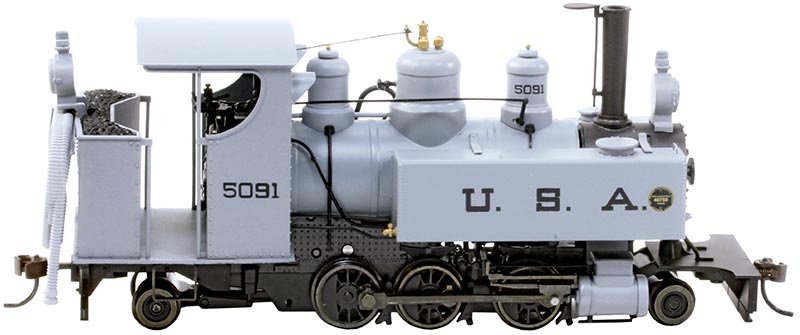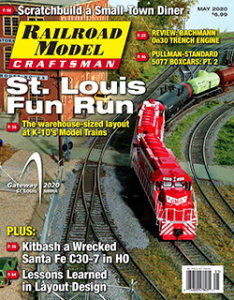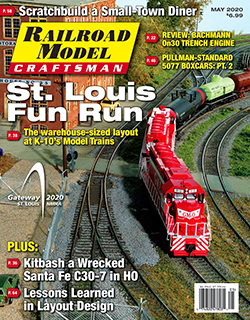 Review by George Riley/photos by the author
Review by George Riley/photos by the author
The First World War was a global conflict that featured a number of firsts in modern warfare: the rise of air power and armored tanks, and the adoption of internal combustion transport, to name but a few. However, it would be the last widespread use of frontline tactical logistic support, especially as the war ground to a stalemate which created a static front line in France and Belgium. The combatants on both sides quickly utilized 60cm (23-5/8”) gauge light railways to supply the prodigious amount of supplies needed to keep a 20th century army in the field. These needs quickly overstretched the manufacturing resources of both the French and British who reached out to the United States for material support. Even though the U.S. would not officially enter the war until 1917, American industries provided considerable support to our allies.
Both Baldwin and American Locomotive Co. (Alco) received orders for narrow-gauge steam locomotives to supply the front line supply chain. Baldwin initially produced 495 Class 10-12D 4-6-0T pannier tank engines for the British, while Alco’s Cooke Works manufactured 100 15-ton 2-6-2T machines following the American military standard design. The American Expeditionary Force would be supplied with similar 2-6-2Ts built by Baldwin to this design standard, of which 193 were sent overseas. Two of the total production run were supplied respectively to Davenport Locomotive Works as a pattern for thirty additional machines, none of which left the U.S., and to Magor Car Corporation to test the performance of the rolling stock being assembled for the Army.
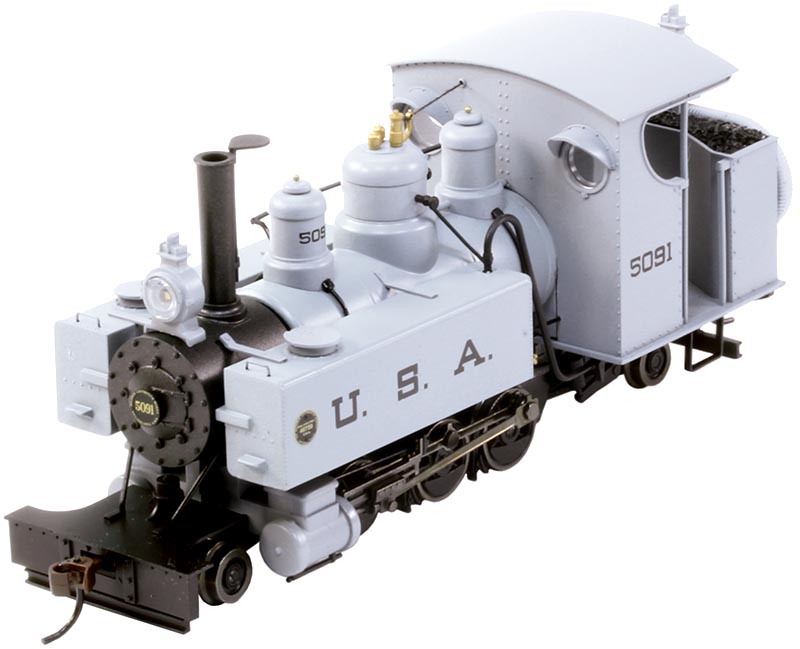
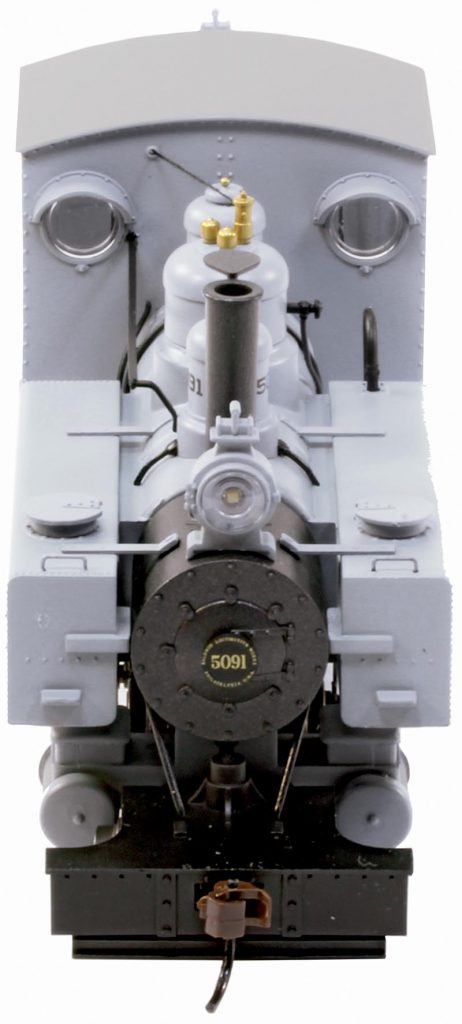 The main spotting feature between the two 2-6-2Ts, aside from minor detail differences, is that the Alco/Cookes were built with outside frames while the Baldwins utilized inside frames. During the conflict the Baldwins provided yeoman service for both the American and French forces. Following the cessation of hostilities, the surviving fleet would remain in France to be used to rebuild the wartime damage. Over the years many continued in industrial and agricultural service in Europe. A number of examples are still in existence today. with a handful still operational over 100 years later.
The main spotting feature between the two 2-6-2Ts, aside from minor detail differences, is that the Alco/Cookes were built with outside frames while the Baldwins utilized inside frames. During the conflict the Baldwins provided yeoman service for both the American and French forces. Following the cessation of hostilities, the surviving fleet would remain in France to be used to rebuild the wartime damage. Over the years many continued in industrial and agricultural service in Europe. A number of examples are still in existence today. with a handful still operational over 100 years later.
To produce a model of the Baldwin 2-6-2s, Bachmann took a page out of the On30 playbook by using a well-tested, smooth-running 2-6-0 HO scale mechanism that generally matched the overall measurements needed for the On30 model. To this, a proportionally scaled, fully-detailed superstructure was added using new tooling. The end result is a flawlessly running model that captures the overall look and profile of the prototype. (To correct and upgrade some of the deficiencies in accuracy of the valve gear, look for an article in the 2021 On30 Annual.) However, based on feedback, the vast majority of modelers are extremely happy with the results as Bachmann continues to add new models to their On30 line.
From the separate siphon hose on the rear of the tender, through the detailed back head in the open, European-style cab, the upper works captures the many defining details of the prototype. Assembly and fit are neat and precise with paint and lettering flawlessly applied.
Bachmann Trains has released five differently painted trench engines. The first is a painted and unlettered version in basic black that should meet the needs of many On30 private roads. This is followed by an Olive Green model decorated for the Quartermaster Corps as it served in the 1920s through the 1940s at Fort Benning, Ga., and other military facilities. Next is the as-built and delivered scheme in overall gray with black smoke box and running gear with white lettering. The last two are decorated as they would have appeared serving in France with the white lettering replaced with less visible black lettering…


